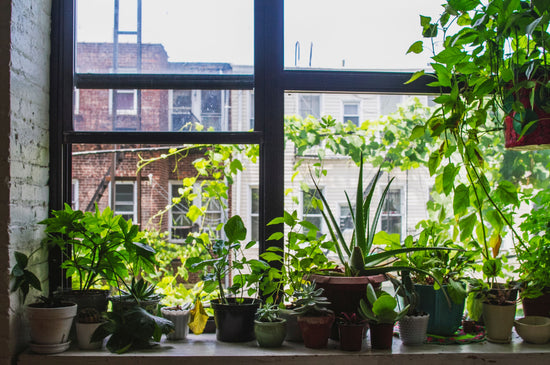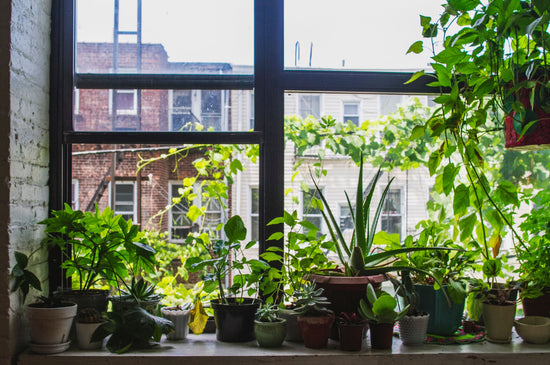Why Are Houseplant Leaves Turning Brown?
Browning leaves on your houseplants can be alarming, leaving you wondering what went wrong with your once-vibrant greenery. Whether you’re caring for a Peace Lily, a ZZ Plant, or even a Spider Plant, understanding the causes behind browning leaves is the first step to reviving your indoor plants. In this guide, we’ll explore the reasons for this issue and offer actionable solutions to help your plants thrive. Browse our extensive Houseplants Collection for healthy, beautiful additions to your indoor garden.
Common Causes of Browning Leaves
-
Watering Issues
- Underwatering: A lack of water can cause leaves to dry out, turning them brown and crispy. Ensure your plants, such as a Pothos, receive consistent hydration.
- Overwatering: Excess water can lead to root rot, which prevents the plant from absorbing nutrients, causing leaves to discolor and wilt.
-
Low Humidity
- Houseplants like the Zanzibar Gem Plant or Christmas Cactus thrive in moderate to high humidity. Dry indoor air can cause leaf edges to brown.
-
Excessive Sunlight
- Placing your houseplant in direct sunlight can scorch the leaves. Varieties like the Snake Plant or Spider Plant prefer indirect light to avoid sunburn.
-
Nutrient Deficiency
- Brown spots or discoloration may indicate a lack of essential nutrients, such as potassium or magnesium. Regular fertilizing helps prevent deficiencies.
-
Pests and Diseases
- Insects like spider mites or fungal infections can cause damage to the foliage, leading to brown patches. Inspect plants regularly for signs of infestation.
Solutions for Browning Leaves
-
Adjust Watering Habits:
Test soil moisture before watering your plants. Use well-draining pots and avoid leaving standing water. -
Increase Humidity:
Use a humidifier or place a tray of water near your houseplants to maintain the right humidity levels for species like the Peace Lily. -
Reposition Your Plants:
Keep houseplants like the Spider Plant in bright, indirect sunlight to avoid leaf damage. -
Fertilize Properly:
Use a balanced fertilizer for your indoor plants to replenish nutrients and keep them healthy. -
Combat Pests:
Treat infestations promptly with natural insecticides or neem oil to protect your houseplants from further harm.
FAQs
Q: Can browning leaves be reversed?
A: Browning on leaves is often irreversible, but by addressing the underlying issues, you can prevent further damage and encourage new healthy growth.
Q: Should I trim off brown leaves?
A: Yes, trim off damaged leaves to focus the plant's energy on healthy growth. Use clean scissors to prevent spreading any disease.
Q: Are some plants more prone to browning?
A: Yes, plants like the Peace Lily and ZZ Plant may show signs of stress more visibly than others, making proper care essential.
To explore a variety of healthy houseplants and find your next favorite indoor addition, visit our Houseplants Collection. Transform your space with thriving greenery!





